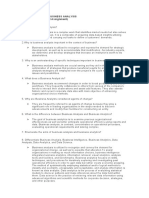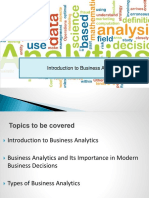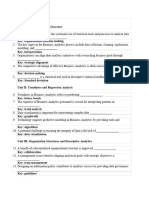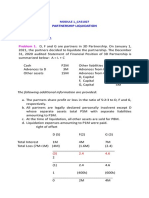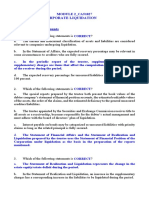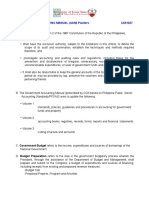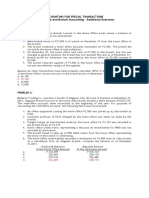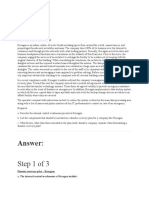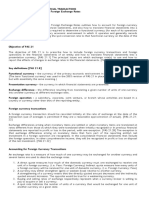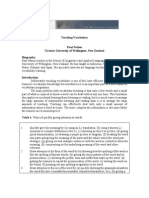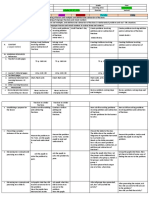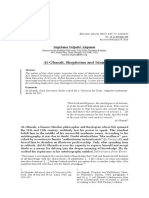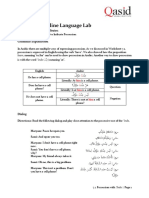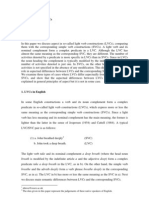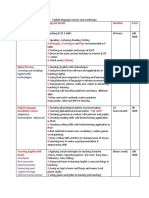0% found this document useful (0 votes)
52 views2 pagesBusiness Analytics Techniques Guide
The document discusses the roles of business analysts, including improving processes, solving problems, finding efficiencies, and conducting competitor and performance analyses. It explains that business analysts are described as the best communicators because they share their expertise across an organization. The key skills needed for business analysts are Excel proficiency, strong communication skills, and knowledge of BI software.
Uploaded by
Carl Dhaniel Garcia SalenCopyright
© © All Rights Reserved
We take content rights seriously. If you suspect this is your content, claim it here.
Available Formats
Download as DOCX, PDF, TXT or read online on Scribd
0% found this document useful (0 votes)
52 views2 pagesBusiness Analytics Techniques Guide
The document discusses the roles of business analysts, including improving processes, solving problems, finding efficiencies, and conducting competitor and performance analyses. It explains that business analysts are described as the best communicators because they share their expertise across an organization. The key skills needed for business analysts are Excel proficiency, strong communication skills, and knowledge of BI software.
Uploaded by
Carl Dhaniel Garcia SalenCopyright
© © All Rights Reserved
We take content rights seriously. If you suspect this is your content, claim it here.
Available Formats
Download as DOCX, PDF, TXT or read online on Scribd
/ 2



































